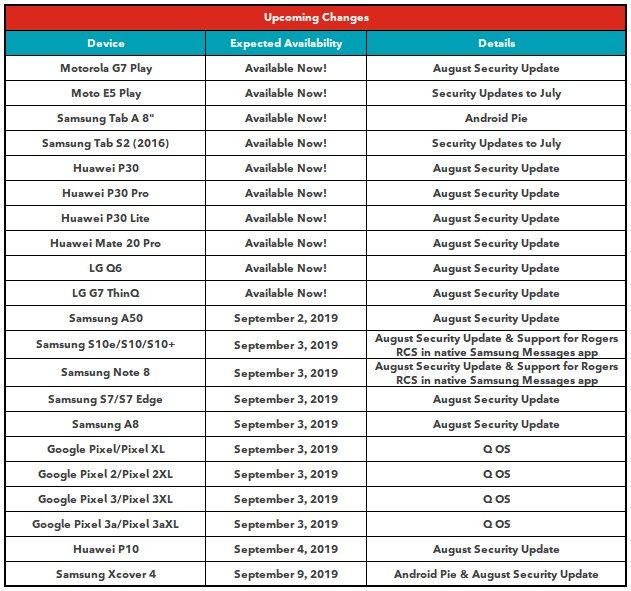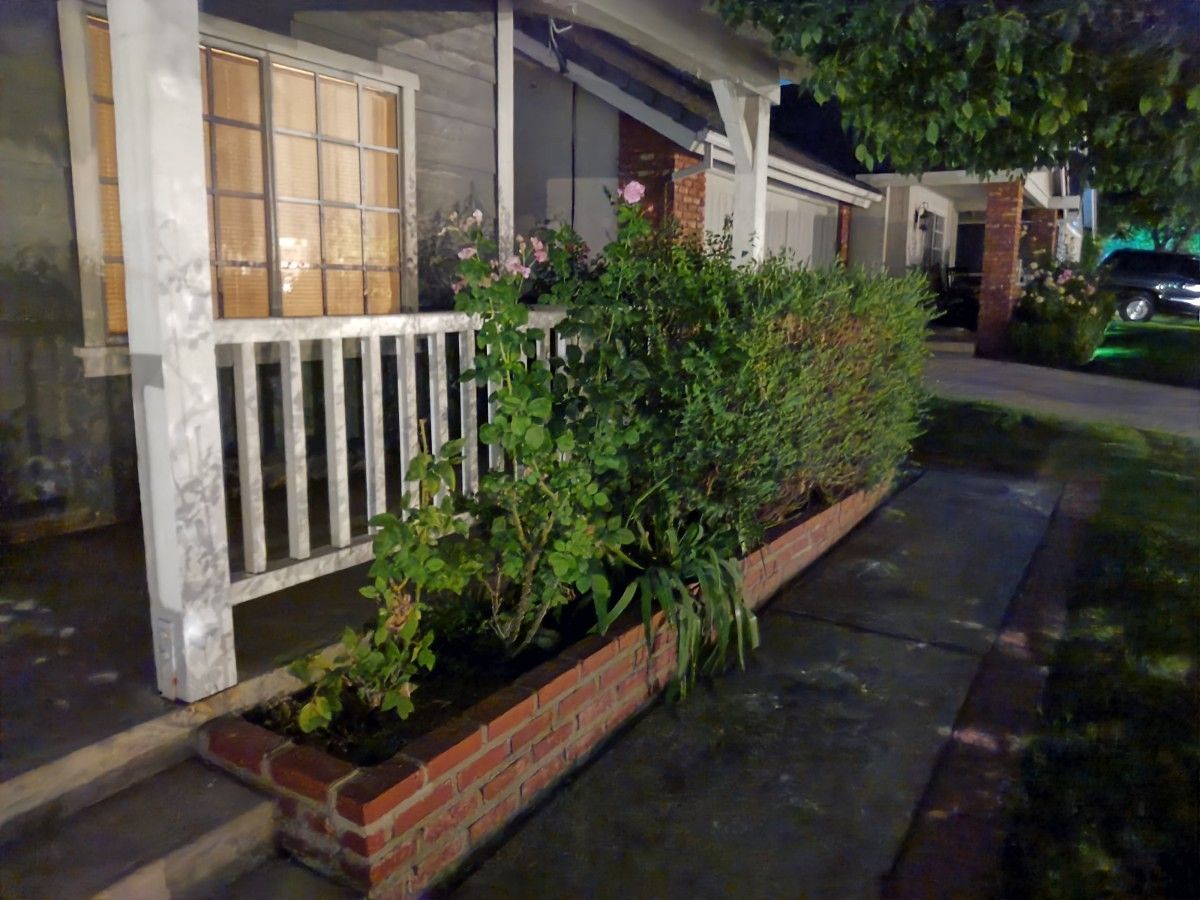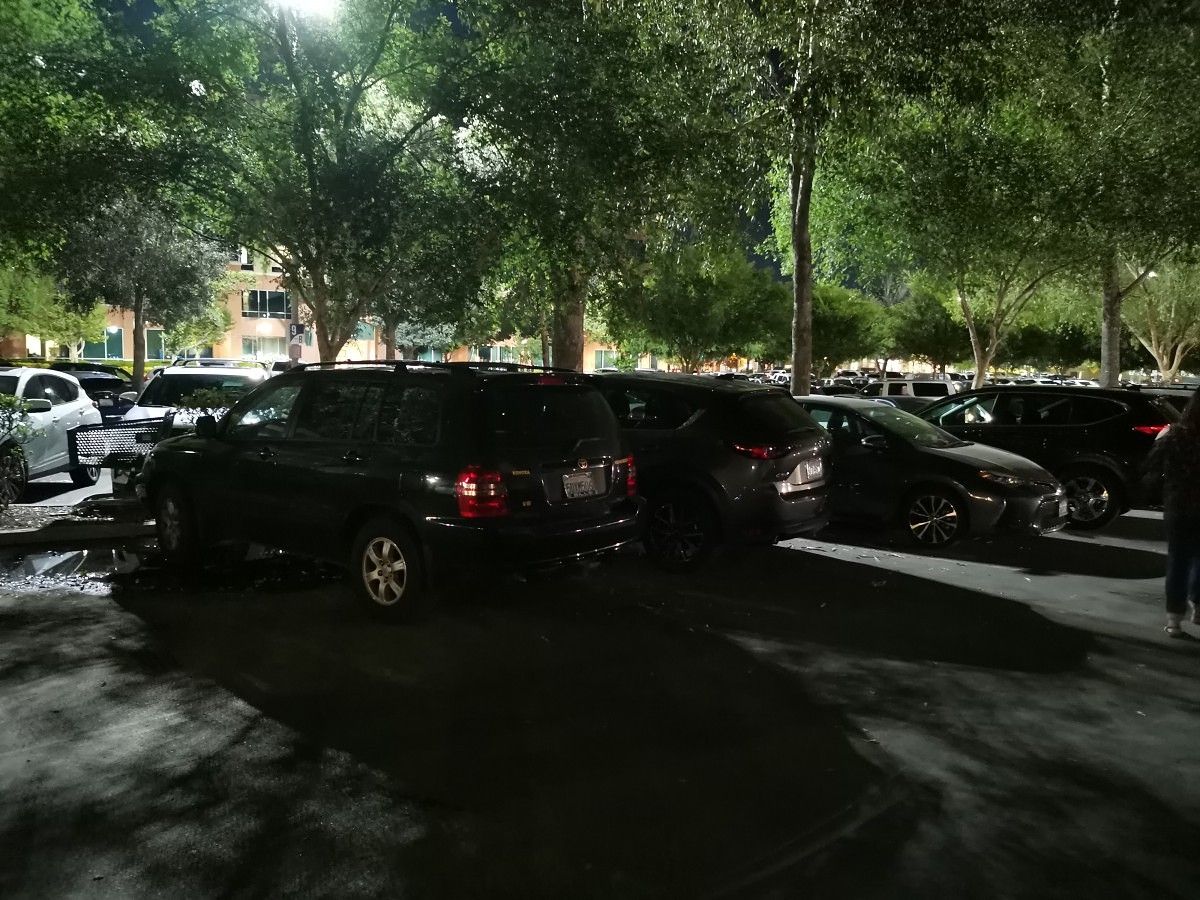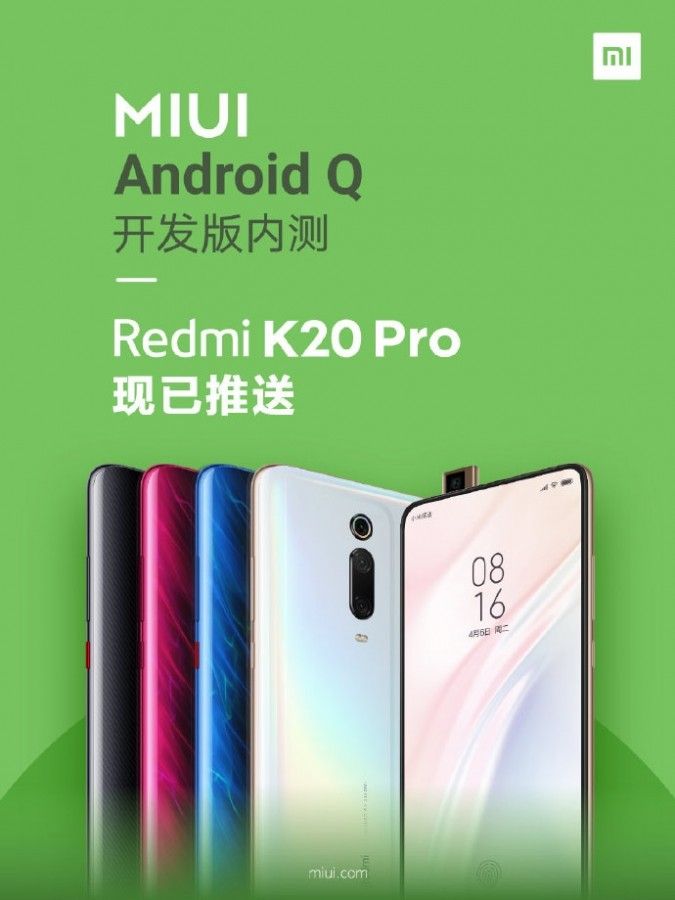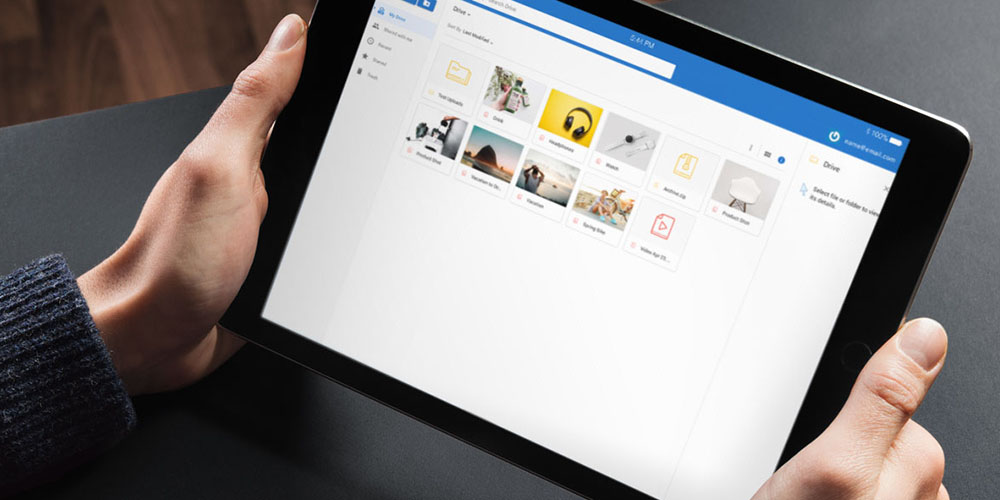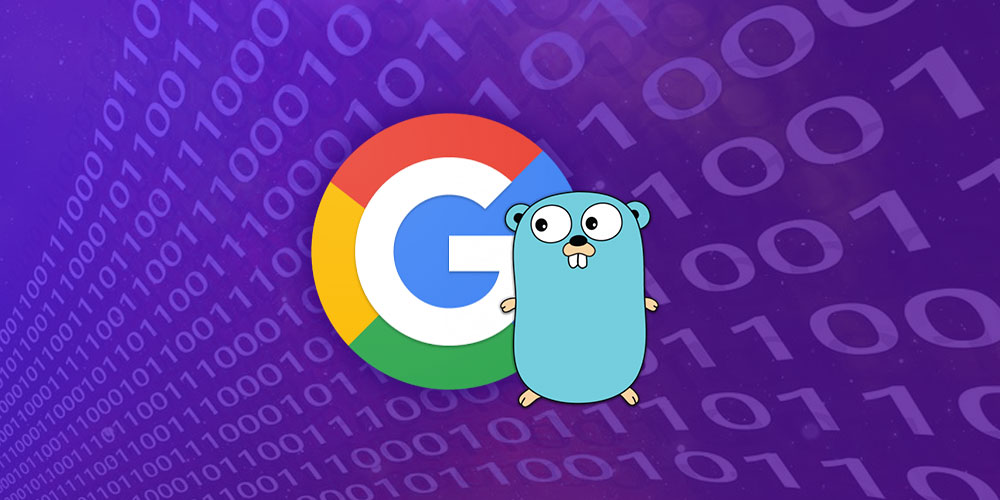Update 15 (8/30/19 @ 1:05 PM ET): The Samsung Galaxy Fold may finally re-launch at IFA with less storage.
Update 14 (7/24/19 @ 8:00 PM ET): After over 3 months since the launch was delayed, Samsung has finally confirmed a new launch date of September for the Galaxy Fold.
Update 13 (7/3/2019 @ 4:00 AM ET): Samsung has reportedly completed a redesign of the Galaxy Fold.
Update 12 (7/1/19 @ 4:10 PM ET): Samsung CEO DJ Koh admits to pushing the Galaxy Fold to launch too soon.
Update 11 (6/19/19 @ 9:23 AM ET): According to a new report, a VP at Samsung Display said the Galaxy Fold is “ready to hit the market.”
Update 10 (6/14/19 @ 10:14 AM ET): According to a new report, Samsung has denied rumors of the Galaxy Fold relaunching in July.
Update 9 (6/13/19 @ 11:45 AM ET): Speaking at an event in Korea, the director of DSCC (Display Supply Chain Consultants) explained how Samsung has fixed the Galaxy Fold.
Update 8 (6/12/19 @ 9:38 PM ET): AT&T is informing customers that they’re canceling all pre-orders due to the delay.
Update 7 (5/28/19 @ 9:43 AM ET): More than a month after the initial delay, it looks like the Galaxy Fold launch is being delayed yet again.
Update 6 (5/24/19 @ 11:19 AM ET): Best Buy has decided to cancel all pre-orders for the Samsung Galaxy Fold.
Update 5 (5/15/19 @ 4:25 PM ET): A new report outlines some of the possible changes Samsung is making to the Galaxy Fold before they re-release it (Below).
Update 4 (5/7/19 @ 12:07 AM ET): Samsung has informed users that they still do not have an anticipated ship date for the Fold.
Update 3 (4/24/19 @ 11:19 ET): AT&T has begun notifying Galaxy Fold pre-orderers that the new ship date is June 13th. More details below.
Update 2 (4/23/19 @ 2:09 ET): Reuters is reporting that Samsung is retrieving all Galaxy Fold units that were given out to reviewers. This wasn’t much of a secret and some reviewers have come forward to reveal that the loan period was only 10 days anyway (tomorrow being day 10).
Update 1 (4/22/19 @ 1:45 ET): After confirming the delay in a few countries, Samsung has now put out an official statement to confirm the global launch delay of the Galaxy Fold. More details below the original article.
If you’ve been following the Samsung Galaxy Fold news last week, you know how much of a roller coaster it was. The week started off with reviewers glowing about the innovative device, but just a couple of days later, major display issues occurred. Several reviewers experienced very bad display glitches, some of which may have been caused by the user. It appears these issues have caused a launch delay, at least in a few countries right now.
Samsung Galaxy Fold XDA Forum
When the display issues first popped up, many people automatically assumed a launch delay would be in order. However, Samsung quickly reiterated that the April 26th launch plans would not be changed in the U.S. Unfortunately, that’s not the case in China, Singapore, and Spain. Launch events scheduled for this week in the countries have been postponed. An official statement from Samsung said:
“In light of the recent feedback on a limited number of Galaxy Fold media review units, Samsung is taking the time to ensure that the Galaxy Fold units are in optimum shape for your experience at the event.”
An official delay has not been announced for the U.S., but The Wall Street Journal is reporting that the release will be delayed as well. Samsung has not confirmed this news. WSJ says the new rollout is expected to be in the “coming weeks.”
We don’t know the exact cause of this delay. The obvious reason would seem to be investigating the screen issues, but it’s also possible that Samsung is using this time to more clearly label the display warning. A few reviewers removed the top layer of the display since there was no warning label. T-Mobile in the U.S. seems to have a warning on the display, but it seems other regions do not. We will follow this story to see if more Galaxy Fold delays are announced.
Source 1: SamMobile Source 2: Channel News Asia Source 3: hipertextual
Update 1: Global delay confirmed
Samsung has put out a statement to confirm the global launch delay of the Galaxy Fold. Here is an excerpt:
To fully evaluate this feedback and run further internal tests, we have decided to delay the release of the Galaxy Fold. We plan to announce the release date in the coming weeks.
Initial findings from the inspection of reported issues on the display showed that they could be associated with impact on the top and bottom exposed areas of the hinge. There was also an instance where substances found inside the device affected the display performance.
The statement goes on to say that they will “take measures to strengthen the display protection,” which will be very important in preventing these issues from happening again. “Coming weeks” is a vague timeframe that can really mean anything. Hopefully, the company can get things figured out in a reasonable amount of time. Read the full statement linked below.
Source: Samsung Newsroom
Update 2: Retrieving all Galaxy Fold units
Samsung is retrieving review units which were originally intended to be 10-day loaners. This was reported by Reuters and corroborated by several reviewers.
Source: Reuters
Update 3: New ship date?
Samsung did not give any information about a new ship date in their launch delay statement, but AT&T has told customers that June 13th is the new date. The Verge reports that Samsung is not announcing any updates at this time, but AT&T did confirm June 13th is “the date the company is telling its customers.” That doesn’t necessarily guarantee that June 13th is the official ship date. We’ll have to wait and see if any other carriers or Samsung shares more news.
https://twitter.com/theunlockr/status/1120825652238802944
Source: The Verge
Update 4: Samsung updates users on the status of the Galaxy Fold
Samsung has sent emails to owners who have thus far kept their Galaxy Fold orders informing them that the company has not yet confirmed a new ship date yet. Samsung will automatically cancel any order from users who do not respond to the email by May 31st. The full email can be seen below.

Update 5: Possible design changes
Everyone has been wondering what Samsung will do to fix the issues with the Galaxy Fold. According to a new report, we have some possible ideas. Samsung is said to have tucked the infamous protective display layer into the body. This will make it less tempting for users to peel. They are also trying to reduce the size of the gap in the hinge that can allow debris to enter the frame. The report claims these improvements are being tested in South Korea and a new launch date could be announced this month.
Source: yunhap.news Via: SamMobile
Update 6: Best Buy cancels pre-orders
Since Samsung has still not issued a new release date, Best Buy has decided to cancel all Galaxy Fold pre-orders. This news was announced by a Best Buy employee in the company’s support forums. The statement says customers can choose to be notified when the product is available.
Because we put our customers first and want to ensure they are taken care of in the best possible manner, Best Buy has decided to cancel all current pre-orders for the Samsung Galaxy Fold.
Source: Best Buy / Via: SamMobile
Update 7: Delayed again
The Samsung Galaxy Fold has had a rocky “launch,” as indicated by the number of updates in this post. Unfortunately, it appears the device has hit another roadblock. According to a report from The Korea Herald, the launch is likely to be pushed back to after June. However, Samsung has denied speculation by telecom industry sources. Whatever the case may be, we’re near the end of May and a new launch date has not been announced. It’s not looking good for the Galaxy Fold.
Update 8: AT&T Cancels Galaxy Fold Pre-Orders, Release Date Still Uncertain
In an email sent to customers (confirmed by TomsGuide), AT&T informs those who pre-ordered the Galaxy Fold through the carrier that their order is being canceled. AT&T cites the Fold’s delayed release date as the reason for the cancellation but is offering customers a $100 AT&T Promotion Card for their trouble.
Meanwhile, we still don’t have a confirmed launch date for the product. SamMobile reports that Samsung has intensified software development on the phone, while CNET quotes a Samsung spokesperson saying that the launch date will be announced in the coming weeks. The “coming weeks” could mean next week or a few months later, so we still have no clue when the product will actually be available.
Update 9: Reportedly fixed
About a month ago, in Update 5, there was a report about some of the fixes Samsung was implementing in the Galaxy Fold. The Director of the DSCC (Display Supply Chain Consultants) mentioned some fixes as well. Like the previous report, he says the controversial film will be “inside the clamshell to prevent defects.” We assume this means the edges of the film will no longer be visible and tempting to peel.
The next fix is a little harder to understand due to Korean to English translations, but it sounds like they have a fix for the issue of dust getting inside the hinge. We’re not quite sure exactly how it will be solved. Lastly, the Director says he expects the Galaxy Fold to be available to consumers again in July.
Source: ET News
Update 10: Delayed after July
There have been a number of rumors about possible new launch dates for the Galaxy Fold. Recent rumors suggested Samsung would hold an event this month and relaunch the phone in July. However, according to The Korea Herald, a Samsung official said “If we are running such a media event this month, we should be doing something by now,” and “Nothing has progressed since the April delay.” That seems to point towards the launch moving past July. Time is running out quickly if they want to rerelease the phone this Summer.
Update 11: Ready for launch
According to a report from The Investor, Samsung Display VP Kim Seong-cheol spoke about the Galaxy Fold at an event in Korea on June 18th. He said, “Most of the display problems have been ironed out, and the Galaxy Fold is ready to hit the market.” Samsung Display is a subsidiary of Samsung and a major part of making the Galaxy Fold’s folding display a reality. The re-launch date is still very much in the air, with recent rumors pointing to July or August.
Via: SamMobile
Update 12: Samsung Admits Rushing Launch
Speaking in an interview with media outlets in Korea, Samsung CEO DJ Koh admitted to rushing the launch of the Galaxy Fold before it was ready.
“It was embarrassing. I pushed it through before it was ready. I do admit I missed something on the foldable phone, but we are in the process of recovery,” said Koh. “At the moment, more than 2,000 devices are being tested right now in all aspects. We defined all the issues. Some issues we didn’t even think about, but thanks to our reviewers, mass volume testing is ongoing.”
Many people have accused Samsung of rushing the Fold out in order to claim to be first to market. It’s nice to hear someone at Samsung, especially as high up as Koh, take some ownership for the situation and admit fault.
Koh says Samsung still needs a bit more time, but it’s a matter of “when” not “if” the Fold will re-launch. “The last couple of weeks I think we defined all of the issues and all of the problems we couldn’t find [before sending to reviewers].” Early adopters who have been patiently waiting will have to continue to wait.
Source: The Independent
Update 13: Samsung has reportedly completed the Galaxy Fold’s redesign
According to a report from Bloomberg, Samsung has completed a two-month redesign of the Galaxy Fold, citing people familiar with the matter.
The protective film on the flexible display, which used to be visible and was peeled off by early reviewers, has now been stretched to wrap around the entire screen and flow into the outer bezels. This seemingly would make it impossible to peel off by hand, according to people who have seen the latest version of the device. The hinge of the Fold has also been re-engineered, pushing it slightly upward from the screen and causing it to be flush with the display now. This helps stretch the film further when the phone opens, and the tension on the film makes it feel harder and a more natural part of the device. The consequent protrusion is “almost imperceptible to the naked eye”, and it may help reduce the chance of a crease developing in the middle of the screen over time.
Samsung is now in the final stages of producing a commercial version, though it can’t yet pin down a date to begin sales.
Source: Bloomberg
Update 14: New Launch Date
We’ve updated this post extensively over the past 3 months since Samsung delayed the Galaxy Fold launch. The saga began when a few journalists who were given early access to the foldable phone had major display issues. Realizing the grave situation they might have been in had they proceeded with the launch, Samsung recalled all units and officially delayed the launch date. Samsung has worked to fix the design flaws its investigations uncovered, but in our view, the company failed to keep loyal customers updated on its progress. During the wait, both Best Buy and AT&T canceled pre-orders. Now that Samsung has finally confirmed a new release date of September in select markets, customers will hopefully be able to get their hands on the actual product.
According to Samsung, they made the following changes to the Galaxy Fold’s design:
Galaxy Fold Design and Construction Changes, Per Samsung
- The top protective layer of the Infinity Flex Display has been extended beyond the bezel, making it apparent that it is an integral part of the display structure and not meant to be removed.
- Galaxy Fold features additional reinforcements to better protect the device from external particles while maintaining its signature foldable experience:
- The top and bottom of the hinge area have been strengthened with newly added protection caps.
- Additional metal layers underneath the Infinity Flex Display have been included to reinforce the protection of the display.
- The space between the hinge and body of Galaxy Fold has been reduced.
Furthermore, the company has made improvements to the apps and services to better suit the foldable phone experience.
Source: Samsung
Update 15: IFA Launch and Less Storage
Last month, Samsung finally announced the improved Galaxy Fold will be launching in September, but when exactly? A new report says Samsung will show off the Galaxy Fold at IFA on September 6th and launch it the same day in Korea. It will launch later in the month in the US and China.
Furthermore, a separate report claims Samsung will be offering a lower internal storage option at a slightly reduced price. The original Galaxy Fold was only available with 512GB of storage. There could be a new variant with 256GB of storage, but not much else is known at this time. Even if the price is reduced for this model, it’s still going to be very pricey.
Source 1: yunhap news | Source 2: SamMobile
The post [Update 15: IFA Launch and Less Storage] The Samsung Galaxy Fold’s launch has been delayed globally appeared first on xda-developers.














